Customized Overhead Cranes: Tailored Solutions for Your Unique Needs
When it comes to material handling and heavy lifting, customized overhead cranes offer tailored solutions that cater to the specific requirements of diverse industries. These cranes go beyond off-the-shelf options, providing a customized approach that ensures optimal performance and efficiency in your operations. By working closely with specialized engineers and manufacturers, you can acquire an overhead crane that is tailor-made to fit your unique application, empowering you with enhanced capabilities, safety, and productivity.
Customization begins with a thorough analysis of your operational needs, considering factors such as load capacity, working environment, space constraints, and material characteristics. This information is then utilized to design a crane that not only meets the desired specifications but also integrates seamlessly into your facility layout.
Specialized attachments and accessories can be incorporated into the design of your customized crane. These attachments, such as electromagnets, vacuum lifters, or grab buckets, enable the handling of specific materials, ranging from steel coils to fragile components, with precision and care.
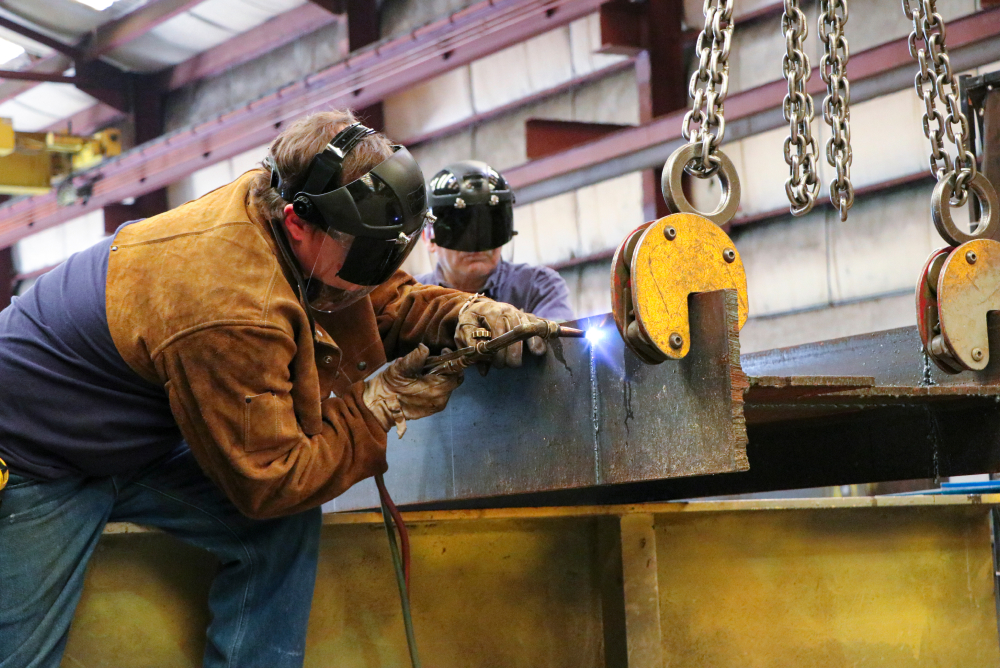
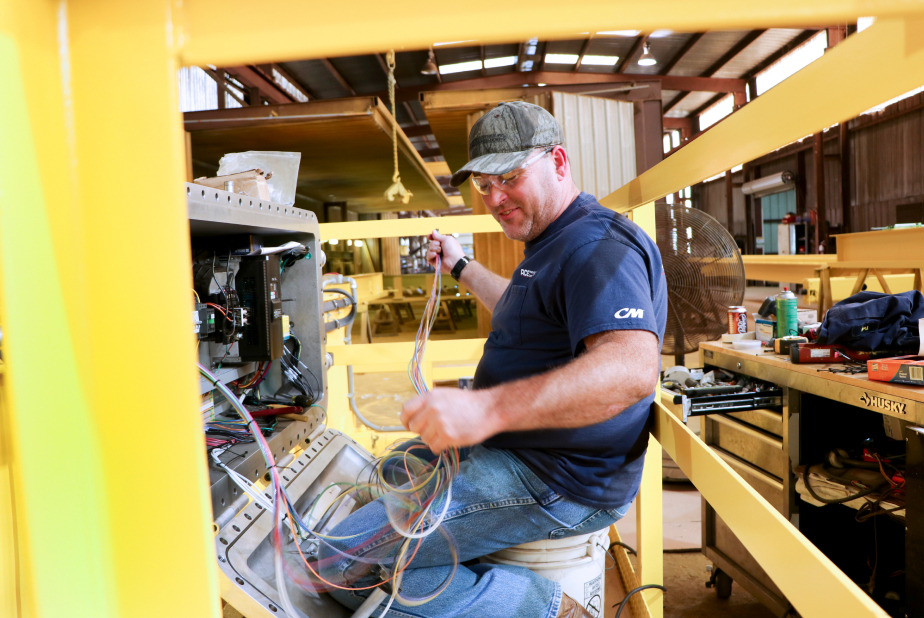
Customization extends to the control systems of the overhead crane. Advanced automation and control technologies, tailored to your operational requirements, enable seamless integration into your existing workflow. Remote-control options can be integrated to enhance precision, accuracy, and operator convenience.
Safety is a paramount consideration in crane customization. Safety features such as anti-collision sensors, overload protection systems, and emergency stop mechanisms can be incorporated to ensure a secure working environment for both personnel and assets.
By opting for a customized overhead crane, you gain a distinct advantage in your industry. Your crane becomes a finely tuned machine, built specifically for your unique application, enhancing productivity, and efficiency within your operational environment. Embrace the benefits of customization and unlock the full potential of your material handling operations with a customized overhead crane.
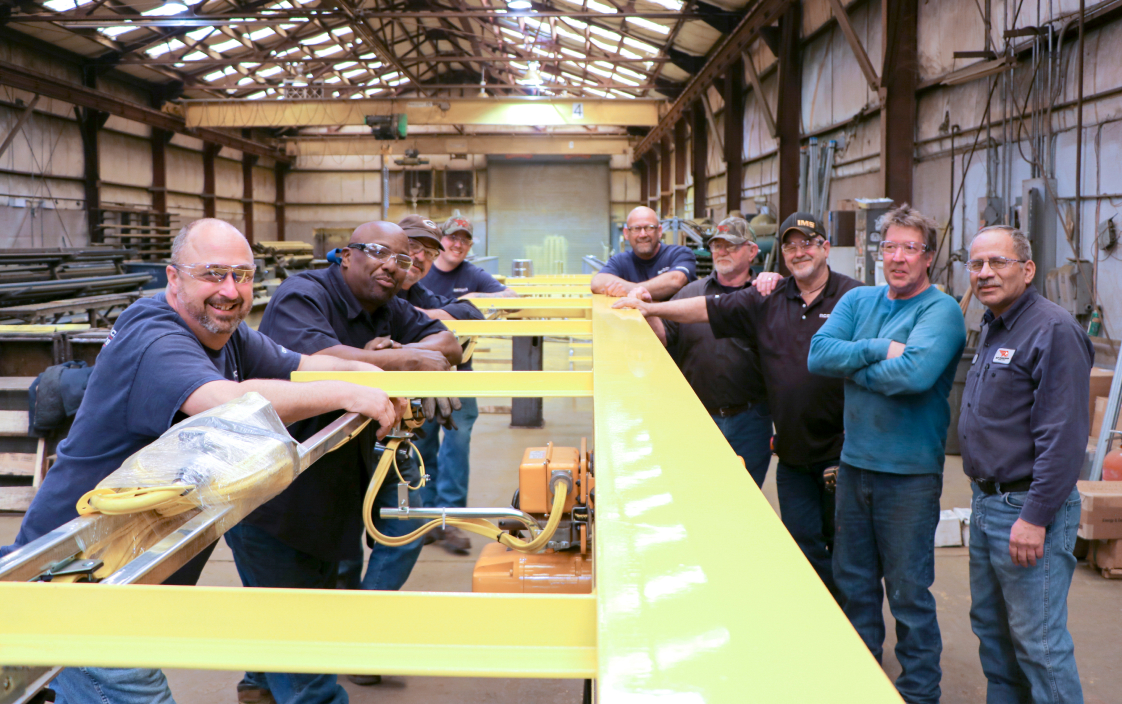
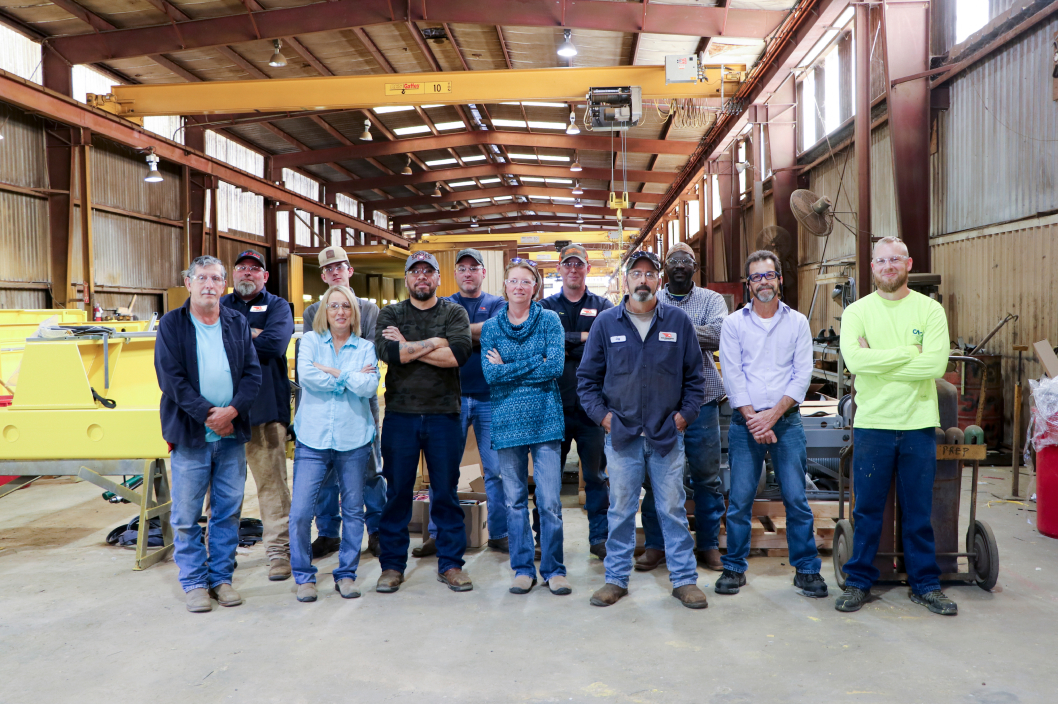
Braselton manufacturing crew (left) Cleveland manufacturing crew (right).
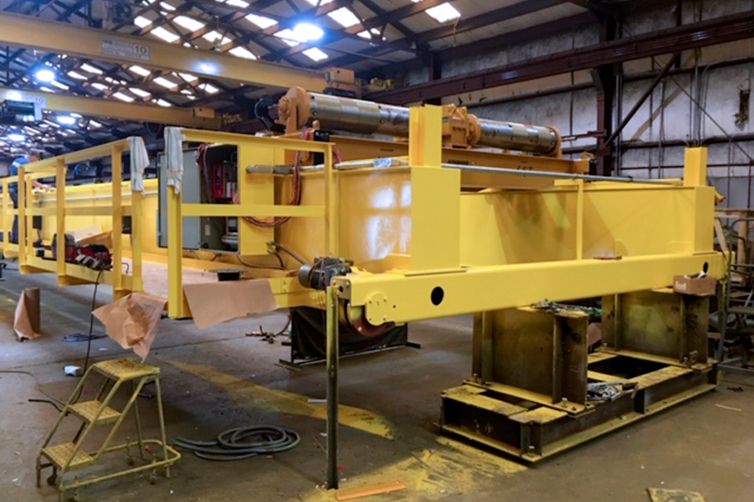
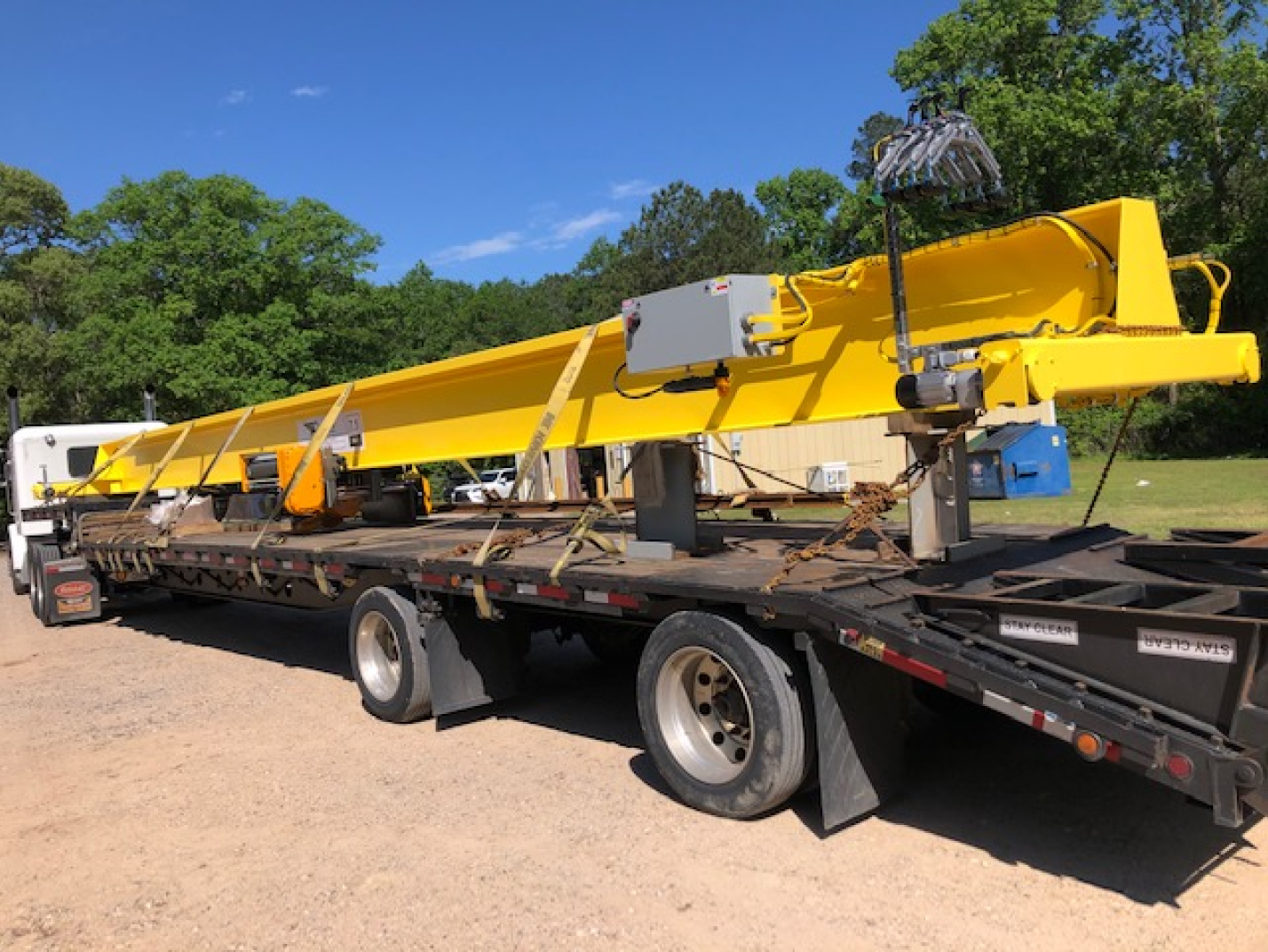
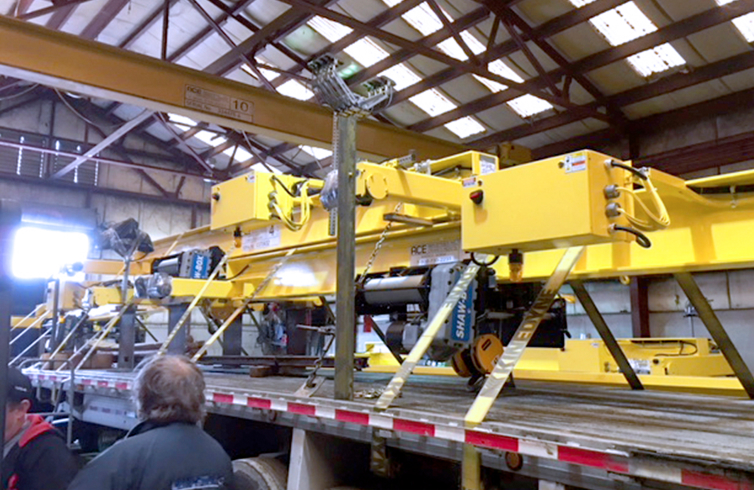
At Ace, we hold a steadfast belief in collective effort. Each team member, equipped with their unique skills, is committed to delivering top-tier quality and is integral to the success of every crane we produce. If it bears our name, it carries our faith, both in the product and the individuals who crafted it.
For more information about Ace manufacturing capabilities or a free consultation for a custom engineered crane for your facility, call (800) 733-2231 to speak with a knowledgeable expert today.





